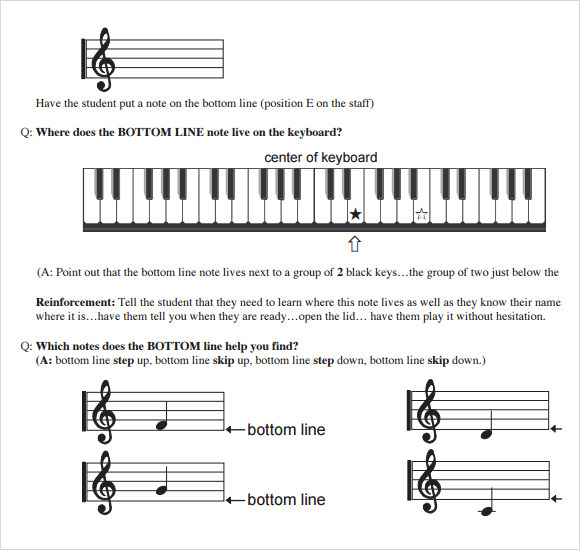

#Key of c fife sharp knotes update
I may draw one of my own - just to get the nagging out of my head - I'll come an update my post. But the point of that would be to recognize key signatures rather than enharmonic tonics. It would not pair up enharmonic equivalents like Ab/g#, but instead consistently list by accidental count like Ab/Fm. I think if you really want a chart for the key signatures it should have 15 positions. Is it about knowing the count of accidentals in a key signature or knowing the common keys for enharmonic tonics? It isn't clear what they want to show. So.īecause the designer doesn't seem to have a clear sense of what they want to explain. It sort of wants to arrange things so that each position has the same count of sharps and flats which of course works for the relative keys, but it all breaks down in the enharmonic area. This one combine at each position a combination of enharmonic equivalents and relative keys. The way you make such a chart depends on what you really want it to explain. In other words you need to mentally say "Ab is enharmonic to G#, let me find a G# somewhere else. It doesn't list all the standard enharmonics with each position because the inner circle for relative minor key makes you figure that out. This chart seems to split the difference. A good chart should somehow visually explain the common choices are G# minor or Ab major. Obviously the two enharmonics are listed to show they are equivalent.īut I think this is a bad circle of fifths chart.Ī good one should list the enharmonics for all of the common key signatures.


 0 kommentar(er)
0 kommentar(er)
